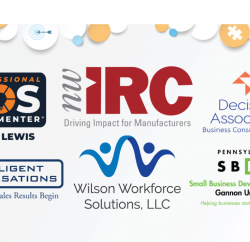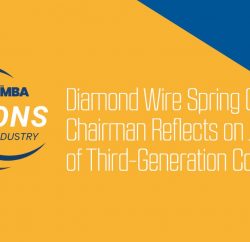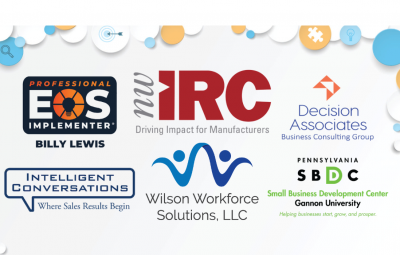
The MBA looks at permitting through the lens of developing large scale projects that fall under the scope of the Department of Environmental Protection (DEP). The most urgent need for permitting concerns the building of electric generation facilities to meet the ever-growing demand created by artificial intelligence (AI), data centers and crypto-mining companies. They all have a ravenous appetite for energy, and they are moving to Pennsylvania to take advantage of our vast resources.
PROBLEM: The No. 1 issue with permitting is lack of speed. Obtaining the permits necessary for construction and other projects in Pennsylvania can be expensive and time- consuming. This discourages investment, as employers choose to start or expand their businesses in states with more efficient operations.
When Intel shopped for a site, they avoided Pennsylvania and built in Ohio, where they could be assured of permits in a reasonable amount of time. Large projects must get up and out of ground efficiently. Pennsylvania can speed up the processing time or continue to be passed over for economic development opportunities.
BACKGROUND: WHERE WE ARE NOW
Recent Permitting Improvements:
- The SPEED Program allows applicants to use DEP-approved professionals for the initial review of certain permits. DEP can make the final determination or communicate deficiencies within a set timeframe, expediting the overall process and providing applicants with a clear timeline and expectations.
- Third-Party Expedited Reviews allow applicants to use approved professionals, to conduct expedited permit reviews. This helps reduce bottlenecks and increases capacity especially for complex or high- priority projects.
- Permit Application Tracking: Online dashboards and trackers allow applicants to follow their applications’ status, processing times, review dates, and estimated completion date by phases. Transparency helps planning and reduces uncertainty.
- PA Permit Fast Track Program: This helps complex and impactful economic development and infrastructure projects. It coordinates agency meetings, manages timelines, and provides a public-facing dashboard to ensure accountability and transparency across agencies and for project sponsors.
- PAyback Tool and Money-Back Guarantee*: Offers applicants a refund if their permit is not processed within the promised timeframe. It incentivizes agencies to meet deadlines and has resulted in reductions in processing times for some environmental permits.
*Note: The money back guarantee is insignificant compared to the time lost waiting for permits for large scale projects.
The MBA appreciates recent permitting reforms; however, Pennsylvania still falls short of meeting permit deadlines in some cases.
SOLUTION:
What is needed is further streamlining, improving and speeding up of the approval processes to accelerate new energy generation and large industrial projects, while ensuring necessary environmental protections. Certainty, predictability and consistency are required. To attract new businesses, a high-quality, excellent permitting process will help grow the economy and improve Pennsylvania’s overall competitiveness with neighboring states.
“I am sick and tired of losing to Ohio,” Pennsylvania Governor Josh Shapiro said during a press conference (TribLive, January 31, 2025).
For this reason, The MBA looks at the state of Ohio and their speed of permitting for large projects as a model.
One possibility is to codify the number of days to act on a permit. Ohio has a law that generally sets a maximum of 180 days to act on a permit, such as air and water, after a complete application is submitted.
Here’s the bottom line for Pennsylvania Governor Shapiro if he really wants to be competitive with Ohio:
When The MBA contacted the Ohio Power Siting Board and asked how long it took to receive a permit for construction of an electric generation facility, their reply was, “Most electric generation facilities take anywhere from nine to 12 months and are reviewed according to our standard application process.
An electric generation facility that uses waste heat or natural gas and is primarily within the current boundary of an existing industrial or electric generation facility is eligible for accelerated application process that takes 90 days.”
Eileen Anderson is the director of Government Relations at The MBA. Contact her at 412/805-5707 or eileenanderson@mbausa.org.

















